Peter Opsvik always starts with a function. He investigates needs, observes movements the body naturally wants to make, and discovers a new function he hasn't seen before. The intuitive and creative process makes his designs both look and behave significantly differently from others.
“Peter believes that when people have a choice, we choose to move. We don't stand completely still but rather roam around, shift weight from one leg to the other, or support ourselves on nearby objects. It's a dynamic way to rest, allowing you to stand up a bit longer. Facilitating variation in positions throughout the day is the core of everything Peter creates,” Kirsti Flørenes Vandraas, ergonomist and conceptual leader at Peter Opsvik AS, says.
The best position is the next one
What is the best sitting position? This is the driving force and the very core of the chairs Opsvik creates. It started with the Tripp Trapp chair he made for his son Tor in 1972, so the whole family could sit around the dining table together. Opsvik's exploratory design became widely known when he launched the Variable kneeling chair in 1979, promoting an active posture by sitting directly on the knees.
"I think the kneeling chair, which offers many different sitting positions, is the product Peter has created that has sparked debate the most. When it came out, there were two main groups: those who felt they could finally sit comfortably, and those who thought it was absolutely impossible to sit like that. You couldn't open a design magazine in Europe without having these two fronts facing each other." Vandraas says.
Timeless functionality
Capisco, Italian for "I understand," was designed as a solution to the ever-increasing challenge of static sitting positions in the 1980’s. The new post-industrial society led to an increasingly large portion of the population spending their working days in front of their desks. Today, Peter Opsvik AS is run by his son, Tor Opsvik, who continues to uphold the vision and legacy of his father well into the future.
"His furniture is known for being functional and is made to solve a problem. HÅG Capisco was created to facilitate movement when sitting down in front of drawing and writing desks. It is intuitive and can easily be adjusted from a sitting to a standing position. It's pure freedom to be allowed this much movement despite sitting in a chair," explains Opsvik.
In order to give the body more freedom to move, Opsvik reduced the wide parts in the seat and backrest, which he believed restricted the movement of arms and legs. By making the elements smaller, one could follow the body's need to change position more easily and discover that Opsvik had indeed thought of every adjustment possible to open up for new sitting postures.
"Capisco's design is as strong today as it was 40 years ago, and it will be even stronger in 40 years. The human body cannot sustain one position for a long time and needs to vary. Here, you can sit sideways, backwards, standing, or lean back. There are countless possibilities for movement, and that's what makes it never become outdated," Kirsti enthusiastically explains.
Bold and sustainable design
"Peter is an artist with form, lines, and textures. He creates products that have a function and gives them distinct visual expressions, such as Capisco and Tripp Trapp. This way, the visual expression also becomes a masterpiece," explains Vandraas.
The first HÅG Capisco model, with the characteristic Napoleon-like shape of the back, was shipped to Denmark for an exhibition at the Bella Center in 1984, and with that, the iconic form was given. Designer Per Olav Haugen has worked with Peter Opsvik for over 40 years and is still closely involved in product development, production, and upgrades.
"Capisco is both functional and has a specific form. So why do we keep upgrading it? Both we and HÅG emphasize that the production process should be as sustainable as possible, and this development has come a long way, particularly on the material side. Over time, the chair has received more environmentally friendly filling in the seat and backrest, which also helps ensure a long life," Haugen explains.
At the age of 85, Opsvik still pops by the office daily to work. A lot has happened since the first model of HÅG Capisco was finished, but the core structures and freedom of movement have remained steadfast.
"It's a chair that offers great opportunities for movement and variation, and to change sitting posture almost without even thinking about it. As long as Capisco manages to offer that, whilst retaining the essence with this timeless form, we can allow ourselves to make small adjustments," says Haugen.
Read more - The benefits of active seating

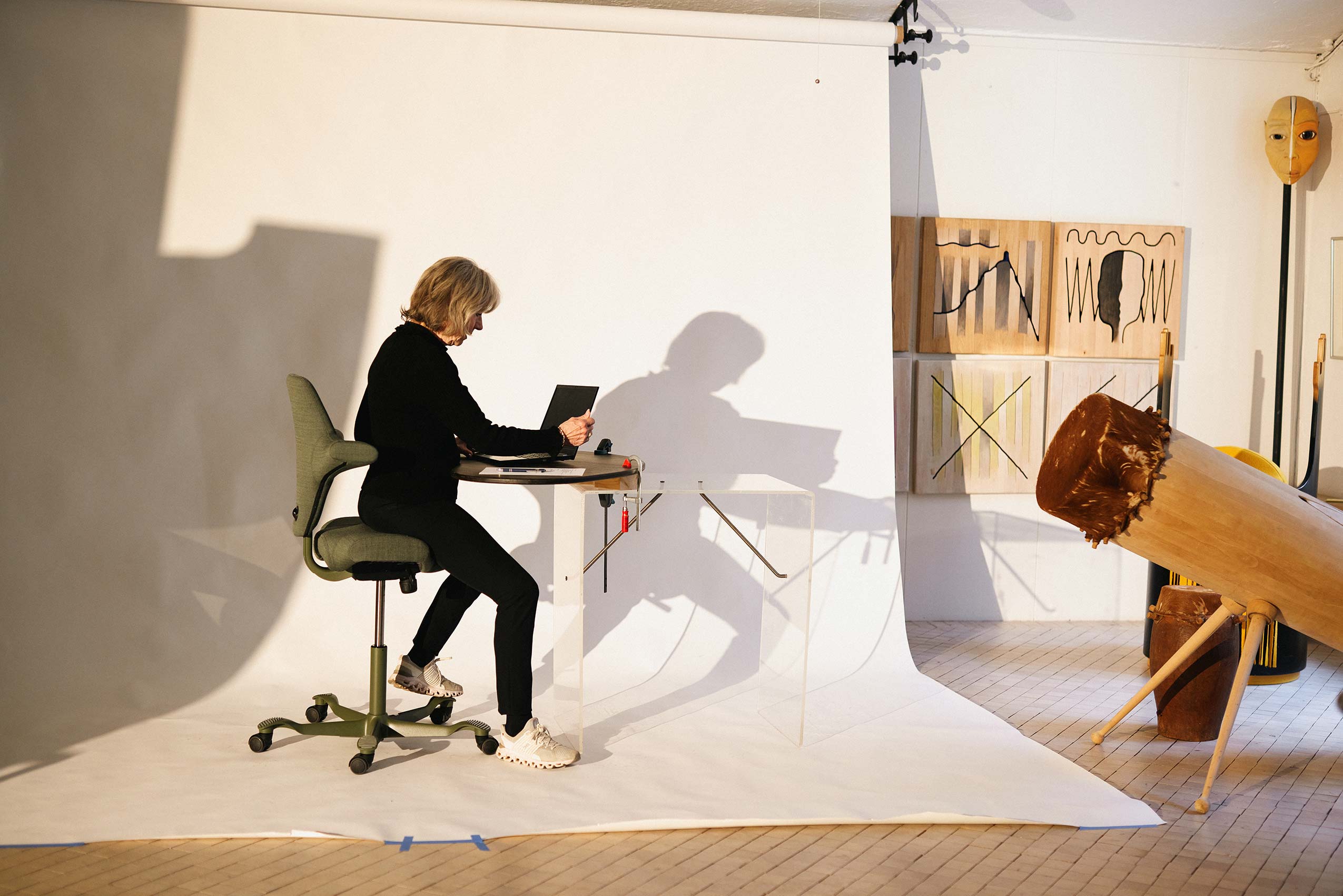
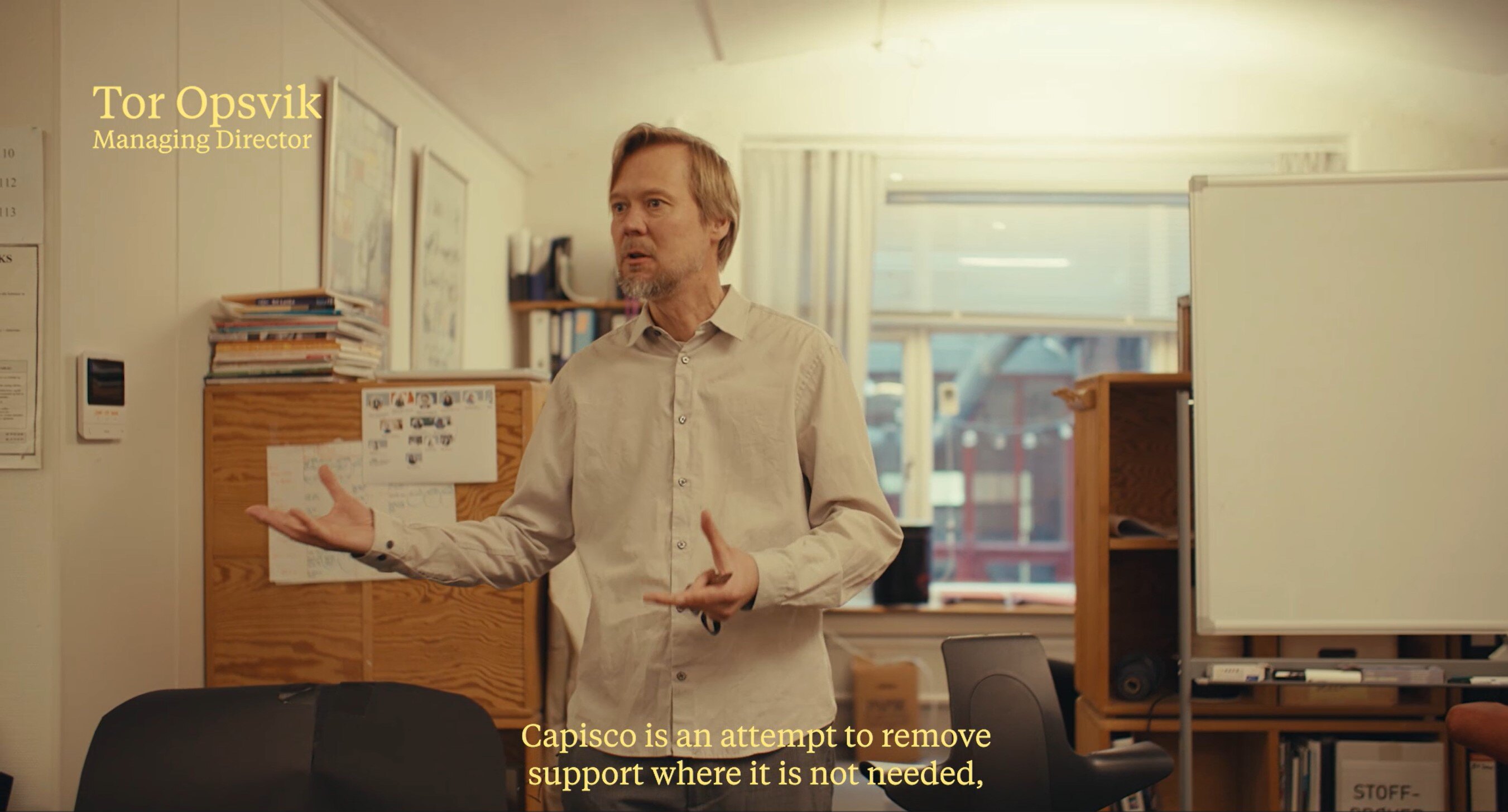
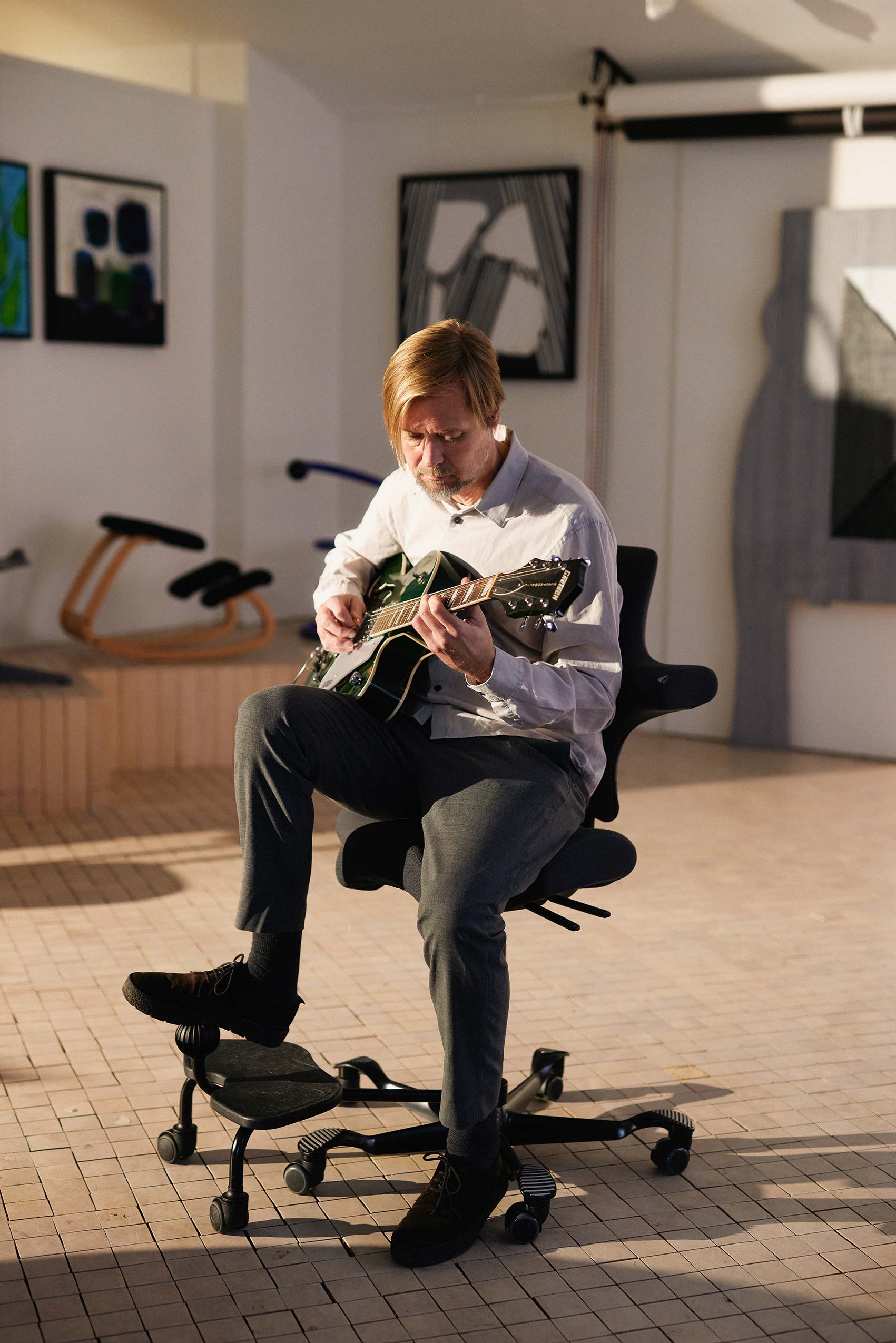
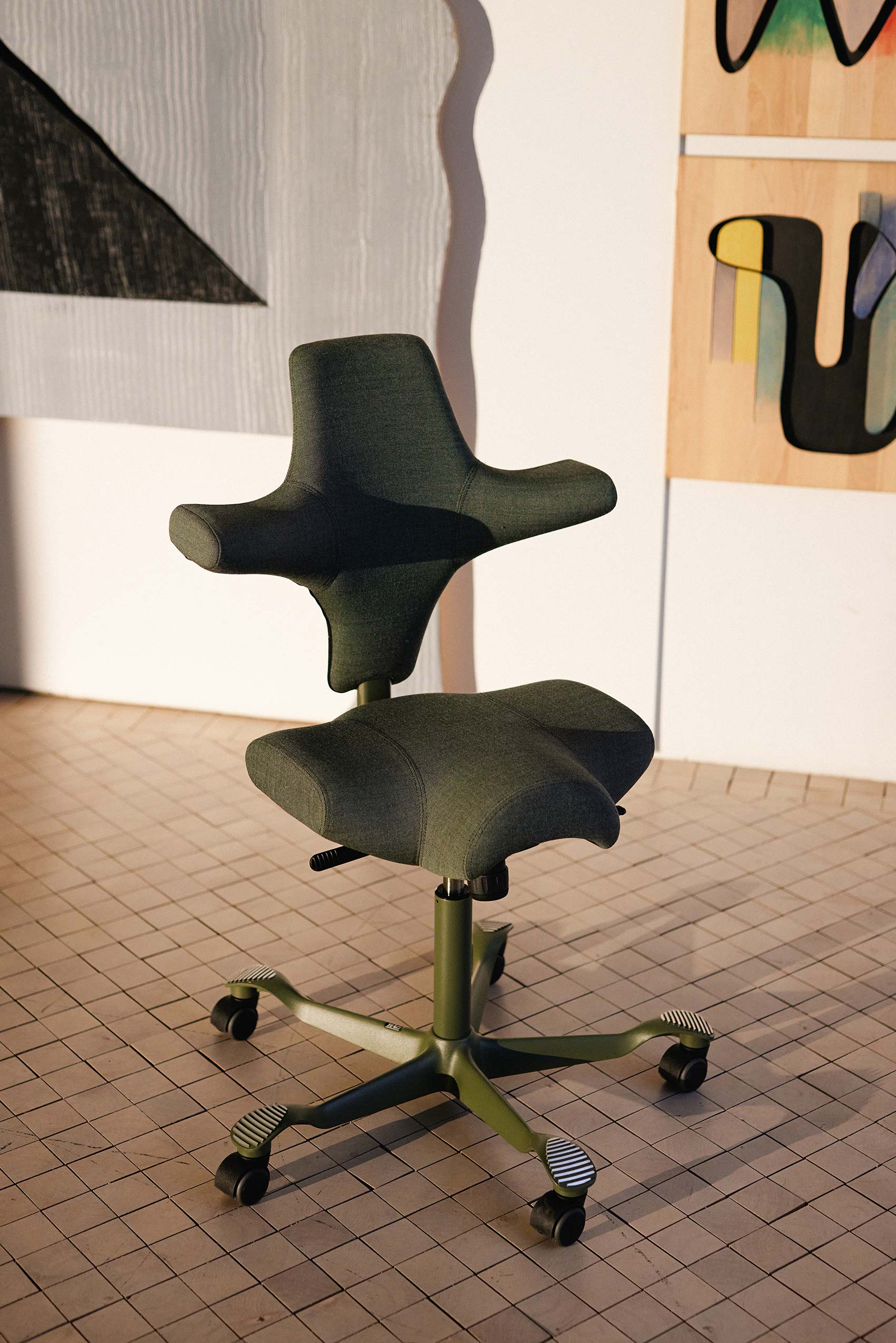
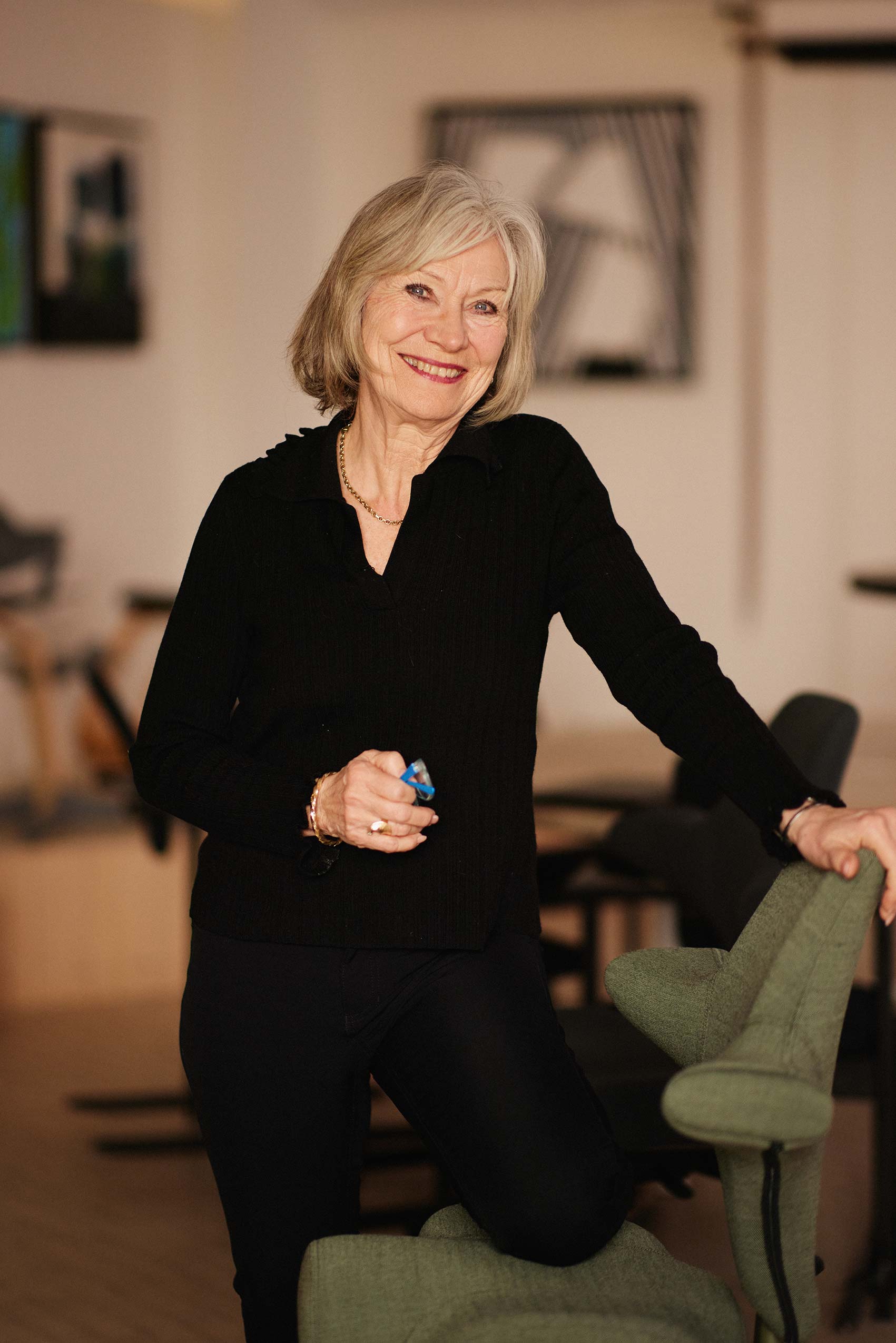
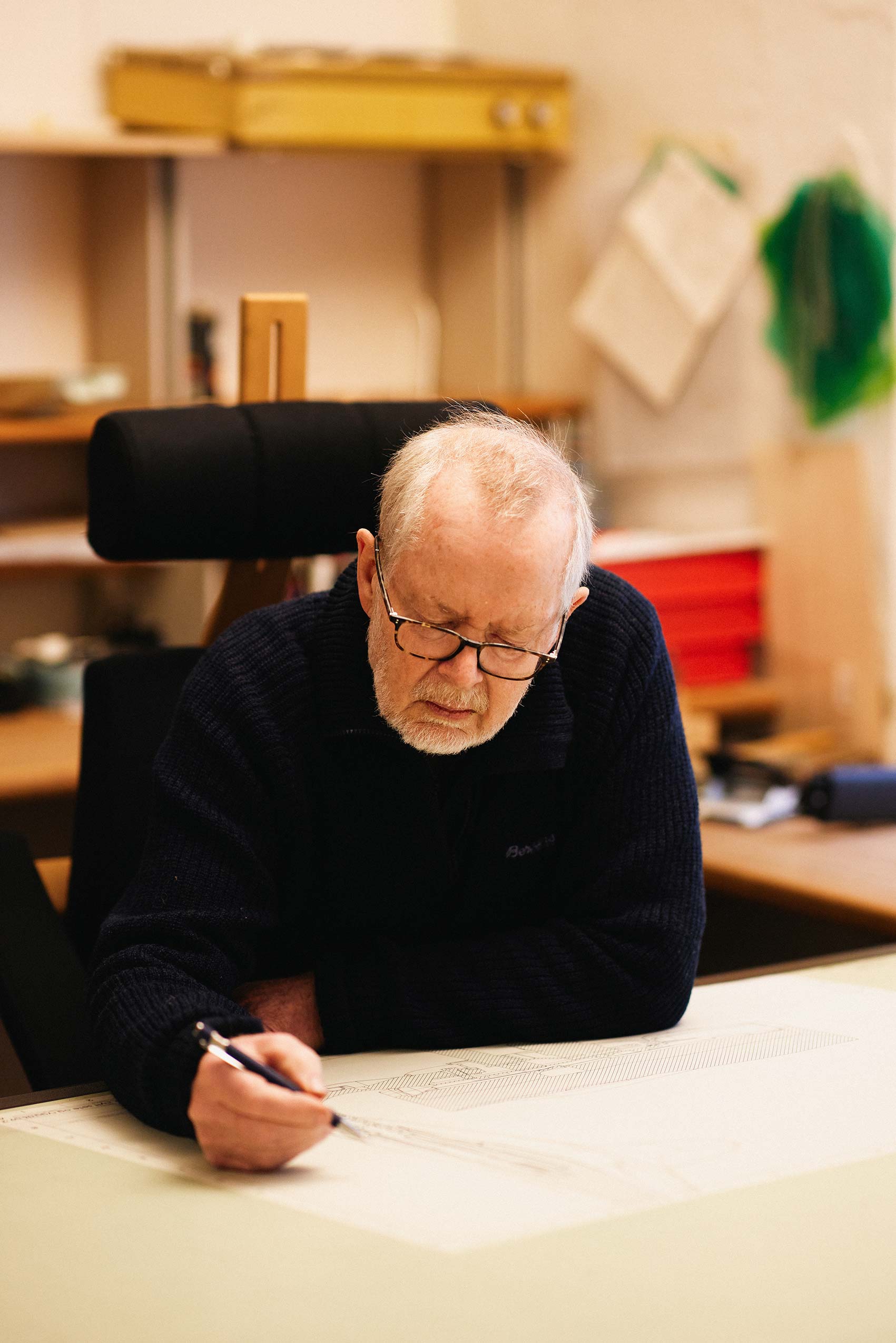
![HAG_Capisco_pieces[ppt]](https://focus.flokk.com/hubfs/social-suggested-images/HAG_Capisco_pieces%5Bppt%5D.jpg)